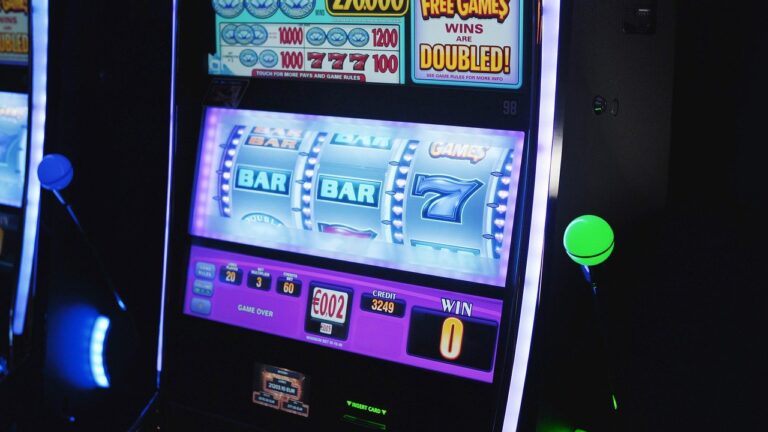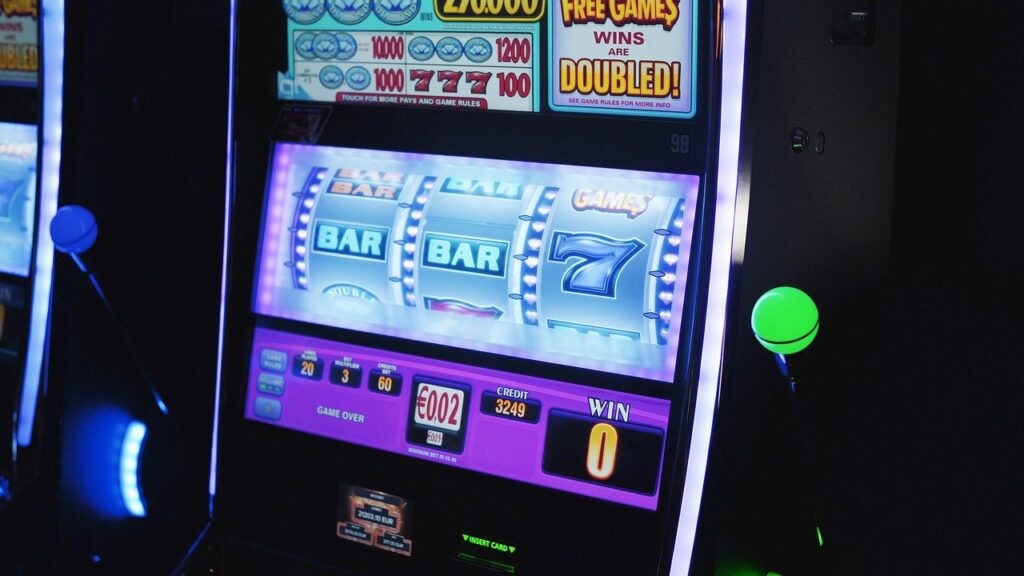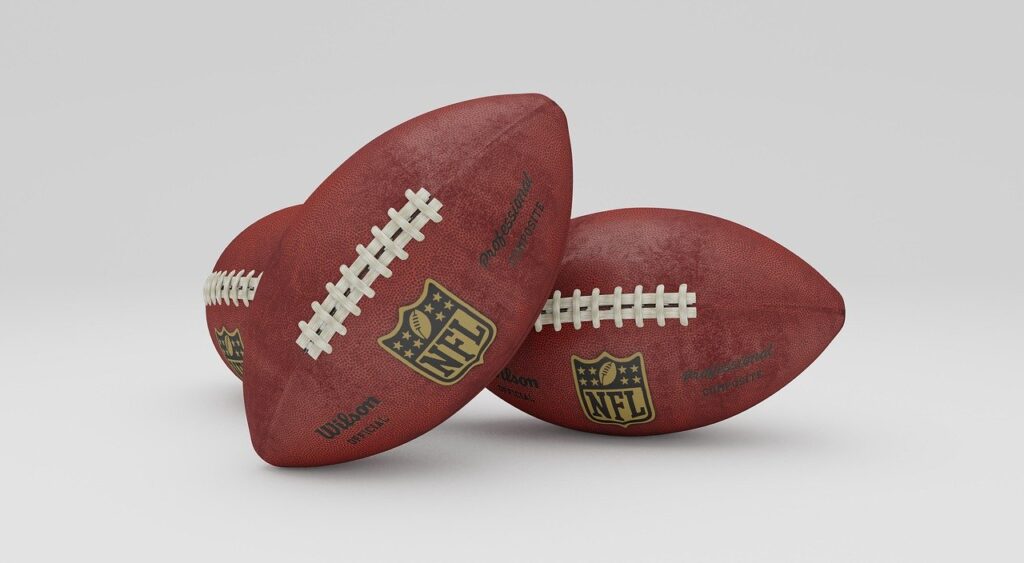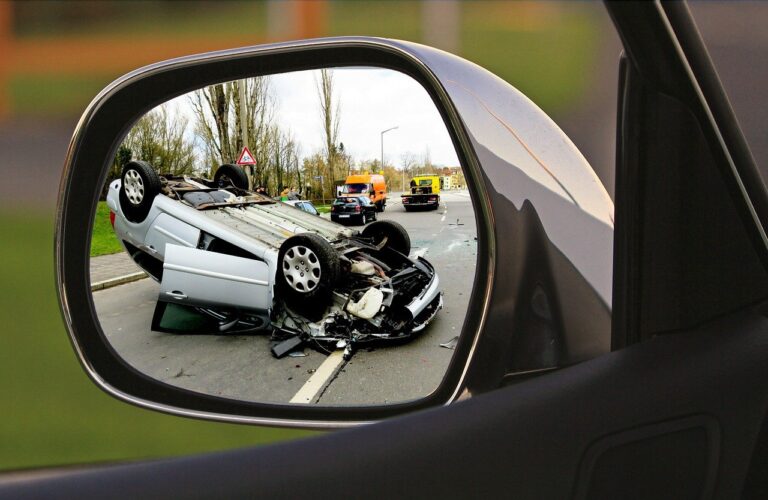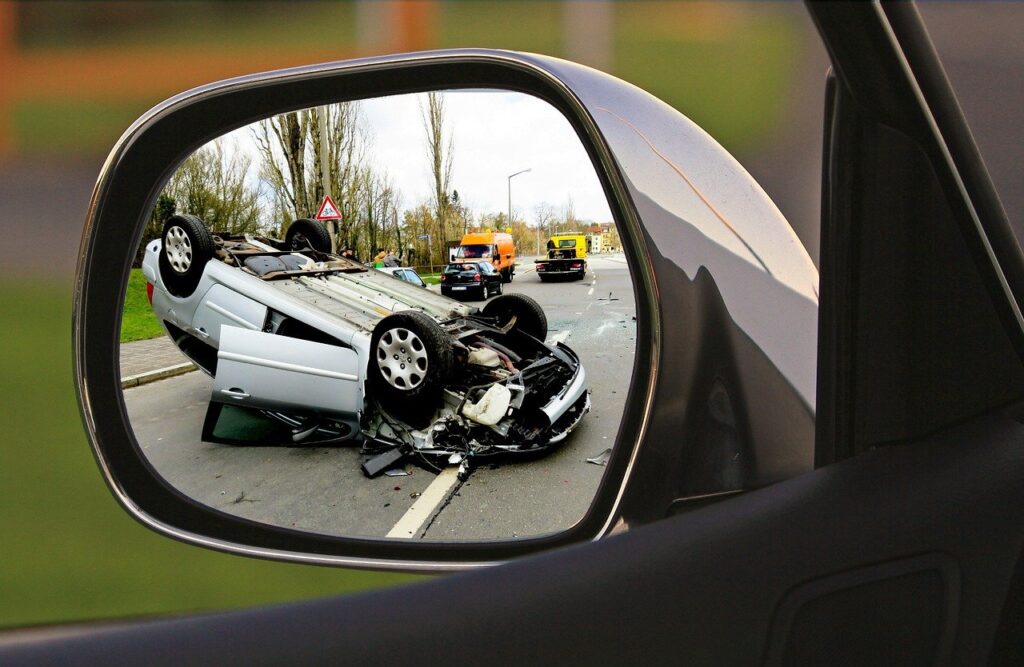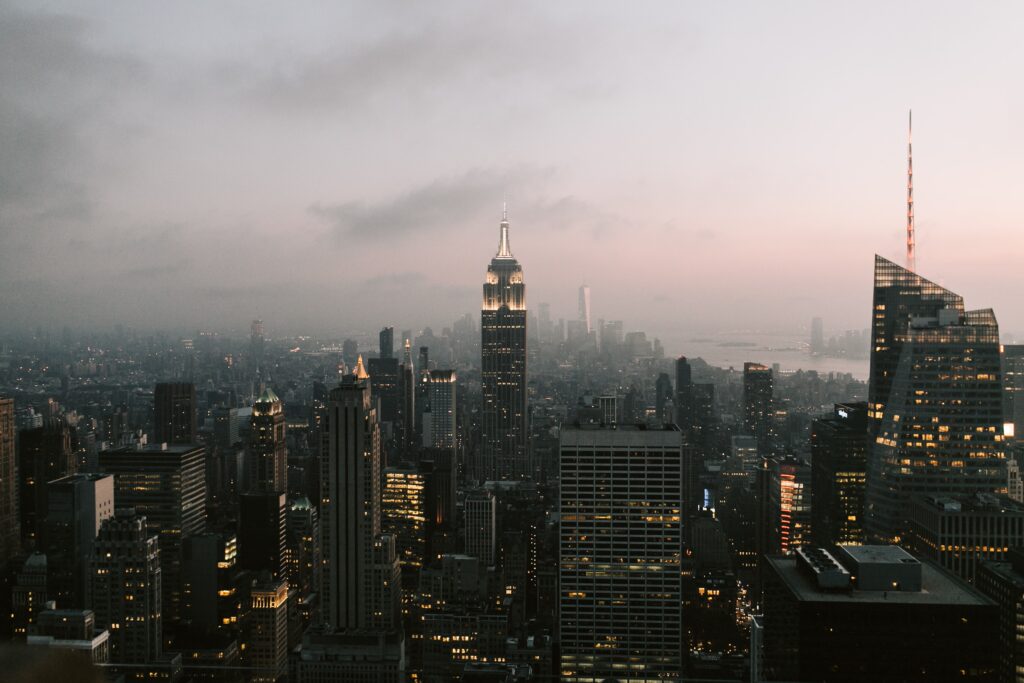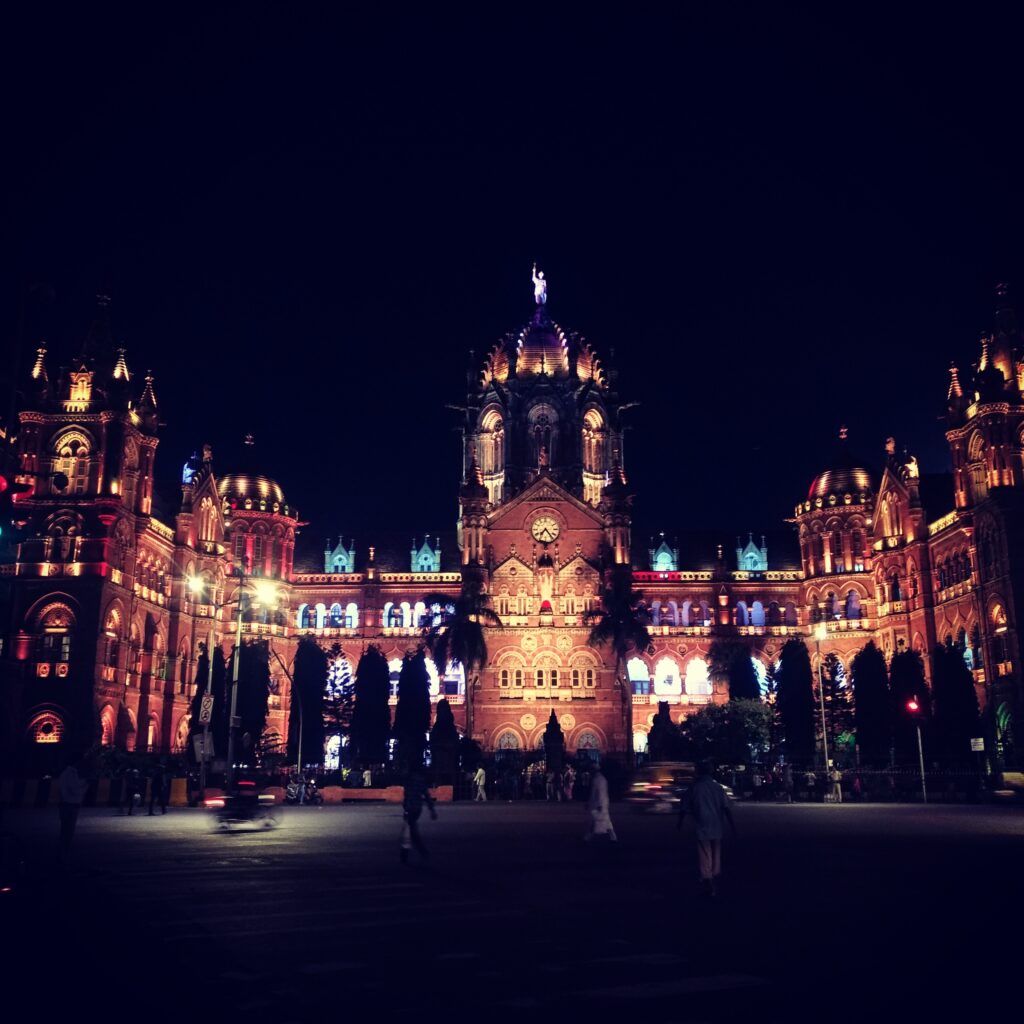
Best online casinos are those that offer a full range of gambling options. While a single casino may suit everyone, the top sites are designed to accommodate various types of gambling. For example, some are better suited to desktop users while others are best suited to mobile devices. A good online casino should provide a wide range of options, including mobile games.
There are many online casinos, but some stand out from the rest for their high level of security and reputable customer service. Most top online casinos are licensed in various parts of the world, including the USA. Some focus on aiming to be the number one casino in the United States, while others aim to expand globally. In general, however, these online casinos have a long-term commitment to paying customers upholding licensing conditions, and providing excellent security.
Different players prefer different kinds of online casinos. For instance, a dedicated slots player will look for a casino with the highest slots payouts and the widest selection of slots. Meanwhile, table-game enthusiasts will look for the highest table-game payouts, lowest minimum stakes, and the best game selection.
A wide variety of payment options is also important when choosing the best online casino. Most of the best online casinos accept credit cards, debit cards, and e-wallet deposits. Moreover, the deposits and withdrawal processes are quick and easy. Most of the best online casinos offer fast payouts to their players. You can also trust a casino that is licensed in your state.
If you’re looking for a casino with a distinctive theme and a large number of games, try Casino.com. Their website is easy to navigate and offers more than 200 slots and dozens of table games. In addition, you’ll also find some arcade games and bingo. This casino is a great choice if you enjoy playing games online and are looking for a fun and secure environment.
Bovada offers an extensive selection of games, including over 30 live dealer games. In addition, they have over 200 casino games in their gaming library, all developed by leading providers. There’s even a progressive jackpot game with a $2,500,000 jackpot. You can play slots, roulette, baccarat, and blackjack with Bovada.
Bonuses and promotions are also important for players to take advantage of. Make sure that you understand the bonus and promotional terms and conditions carefully before signing up. Many players lose money by not fully understanding the terms and conditions of a bonus. And while you can take advantage of a welcome bonus, it’s best to know that some of the best online casinos also offer rolling incentives, bonus funds, and free spins.
Bitstarz is another top casino site with many benefits. Besides accepting more than 8 types of crypto currency, this site also adheres to the industry standard of 24-hour crypto payouts. Bitstarz offers more than 3,000 casino games. While it doesn’t have a sports book, it makes up for it with a modern interface and easy-to-use colors. This gives players the impression of an advanced site.




